|
This is part 1 of a new series of blogs on how to learn anything more easily and get the most from your Alexander lessons Have you ever heard the story of Goldilocks and the three bears?
A young girl comes across a cottage in a woods and decides to go in. She finds three bowls of abandoned porridge. She tries one, and astoundingly it is too hot (despite being left alone presumably for at least a couple of minutes). She tries another, and it is too cold. The third bowl is just the right temperature. (It is best not to overthink the physics involved in this. Did they spoon out these bowls at different times? How do bears hold ladles?). She then goes on to repeat this process with chairs and beds, trying out wrong options until she stumbles upon the right choice, before being surprised by the houses' three occupants and running out (probably unnecessarily--from their choice of furniture and food, it is obvious these bears are more interested in comfort than aggression). Like most fairy tails, this story is not really about what literally happens in it. What can this teach us? Is it about the dangers of turning to a life of home invasion and food theft? My take is that one of the things this short, complex tale is about is how we learn. How does Goldilocks find what is 'just right'? By trying out the too hot and too cold options and settling on something in the middle. When we are learning to do any activity, we typically don't follow this process. We aim to get the result directly--by trying to find the 'right' option for us as quickly as possible. The right amount of tension. The right way to do something. We judge what is right by habit and instinct rather than informed choice, and often hamstring ourselves as a result. A technique I have found more useful is to try out extremes and use them as a basis to form discernment of the best choice. A good example is an experiment I do with every student in their first lesson--I have them try out a slump (collapse), a strut (overly effortful posture), and then go for something in the middle--if it is somewhere between these extremes, they can trust they are trending in the right direction even if it feels unfamiliar. With time and repetition, this helps them build up their sense of poise until they become quite skilled at selecting the right tension for any activity. Similarly, you can apply the Goldilocks principle by intentionally trying out 'wrong' options for any given task-eventually you gain a sense of what the right options must be. One of the keys about this idea is that it no longer becomes about whether you are doing something right (a moral judgement), but about accruing experience. This can take away a lot of the pressure we put on ourselves. I am excited for you to try this out on your own and to see what you discover!
0 Comments
1/4/2019 1 Comment 5 Mind Blowing Tips for HipsOur hips are one of the most important joints in our bodies and one of the most overlooked. Here are 5 keys to unlocking their full potential. 1. Your Hips Are Not Your WaistWhen I do workshops and ask people to point to their hips, most people point to the tops of their pelvic crests at the level of their waste, approx. here: The issue is that there actually isn't a joint here. In fact it is one of least flexible parts of our spine. From an anatomy perspective the waist doesn't exist, yet many of us unknowingly try to bend from there. The true hips, the hip sockets, are here: As you can see, this is quite a bit lower and more towards the interior of your pelvis than you might have thought--a couple inches towards the center of your pelvis from the buttons on your jean pockets. Try bending with this idea in mind--how does it change the movement to think of bending from here rather than the waist? 2. Hips Gotta RollOne thing you may notice looking at the above picture is that your hips are not a hinge joint (like your elbow) but are a ball and socket. What this means is that whenever your hip joint moves it moves in multiple dimensions--it rolls out as it flexes, and moves back towards the center as it straightens. What this means practically is that your knees will also naturally float away from each other subtly as you bend them. We often use excess tension trying to hold the knees together and keep the hip socket from rolling rather than letting it go through its natural range of motion. And on that note..... 3. Hips and Knees Are BestiesOne of the things that can cause us problems when we move is working with parts in isolation rather than looking at the function of the whole body, the whole self. Lets look at the hips and their besties, the knees: The most important thing to notice here is that they are not in fact separate structures--the plug of your hip socket and the top of your knee are all one bone. What that means is that when the knee moves, the hip must move. This is key to understanding bending, walking, and many other activities. If you try to move one without attention to the other it might go poorly, and many of us will unintentionally bend at the waist instead. 4. Your Hips Have A Lot To Do With Your BreathingMany of us think of our breathing being a function of our lungs, chest, and throat--in fact it is a whole-body process! Check out the connections between the hip socket and the diaphragm--the primary muscle of breathing. You will see a muscle called the Psoaz that links the two. When your hip socket doesn't have free movement, it affects the movement of the diaphragm. Wa-pow! 5. Your Hips Are Not The End Of Your LegsFinally, we think of our hips as the end of our legs, often dividing ourselves into upper and lower bodies (sometimes at that imaginary waist we talked about earlier). Surprise! The functional network of muscles that are part of the motion of our legs extends all the way up to the lower back, where they overlap and interconnect with the muscles of the upper torso.
So in reality we all have legs for days. How does it change your thinking about your movement if you imagine your legs extending up to your lower back, and your hip socket is a middle joint rather than an ending joint? |
Thoughts on what is going on in the work and the world right now. Many posts to come. Archives
June 2021
Categories |

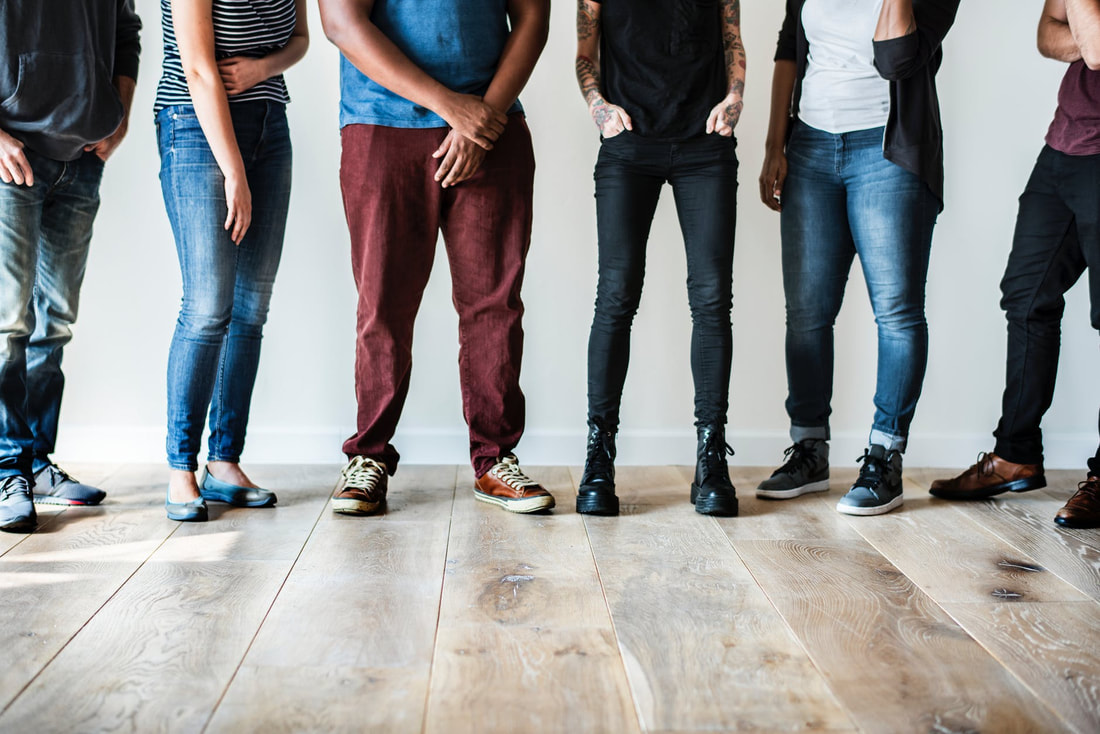
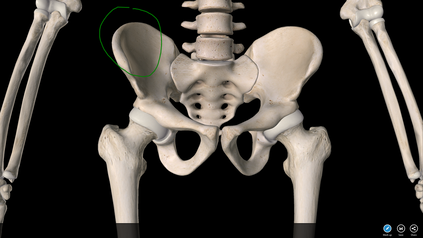
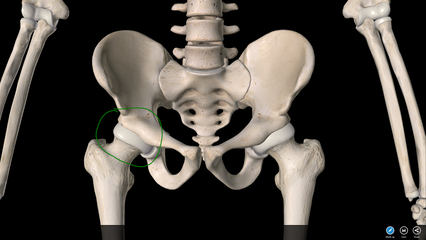
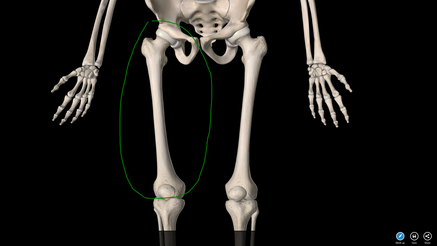
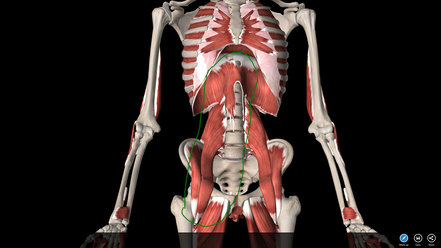
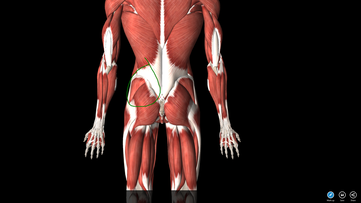
 RSS Feed
RSS Feed